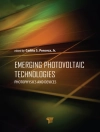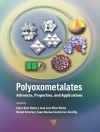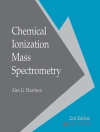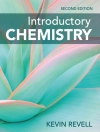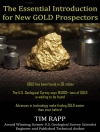Over the last 60 years the increasing knowledge of transition metal
chemistry has resulted in an enormous advance of homogeneous
catalysis as an essential tool in both academic and industrial
fields. Remarkably, phosphorus(III) donor ligands have played an
important role in several of the acknowledged catalytic reactions.
The positive effects of phosphine ligands in transition metal
homogeneous catalysis have contributed largely to the evolution of
the field into an indispensable tool in organic synthesis and the
industrial production of chemicals.
This book aims to address the design and synthesis of a
comprehensive compilation of P(III) ligands for homogeneous
catalysis. It not only focuses on the well-known traditional
ligands that have been explored by catalysis researchers, but also
includes promising ligand types that have traditionally been
ignored mainly because of their challenging synthesis.
Topics covered include ligand effects in homogeneous catalysis
and rational catalyst design, P-stereogenic ligands, calixarenes,
supramolecular approaches, solid phase synthesis, biological
approaches, and solubility and separation.
Ligand families covered in this book include phosphine,
diphosphine, phosphite, diphosphite, phosphoramidite, phosphonite,
phosphinite, phosphole, phosphinine, phosphinidenene,
phosphaalkenes, phosphaalkynes, P-chiral ligands, and cage
ligands.
Each ligand class is accompanied by detailed and reliable
synthetic procedures. Often the rate limiting step in the
application of ligands in catalysis is the synthesis of the ligands
themselves, which can often be very challenging and time consuming.
This book will provide helpful advice as to the accessibility of
ligands as well as their synthesis, thereby allowing researchers to
make a more informed choice.
Phosphorus(III) Ligands in Homogeneous Catalysis: Design and
Synthesis is an essential overview of this important class of
catalysts for academic and industrial researchers working in
catalyst development, organometallic and synthetic chemistry.
Despre autor
Paul C.J. Kamer, Ea St CHEM, School of Chemistry, University of St. Andrews, Scotland.
Piet W.N.M. van Leeuwen, Institute of Chemical Research of Catalonia (ICIQ), Tarragona, Spain.


